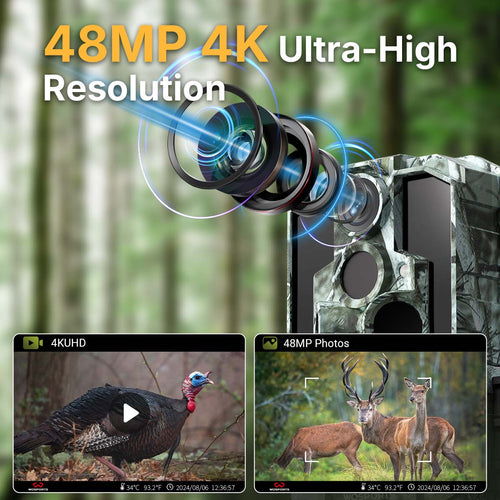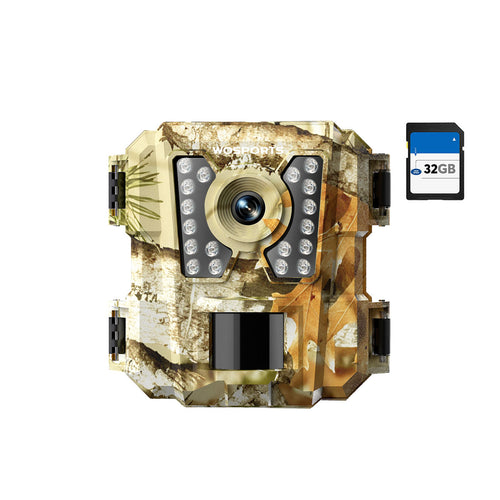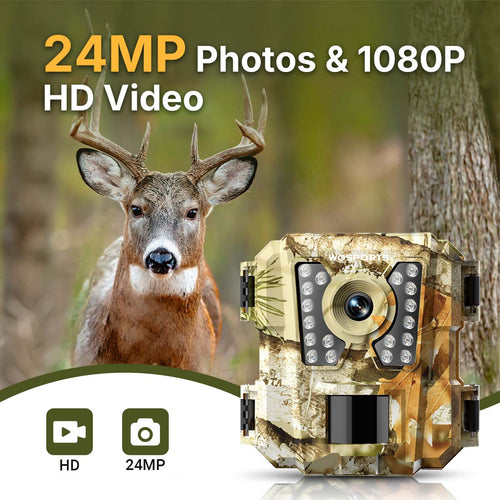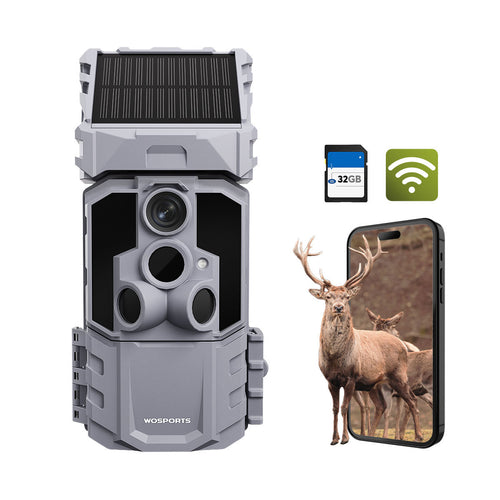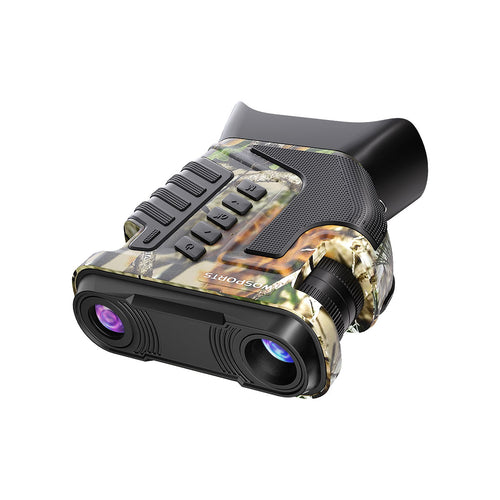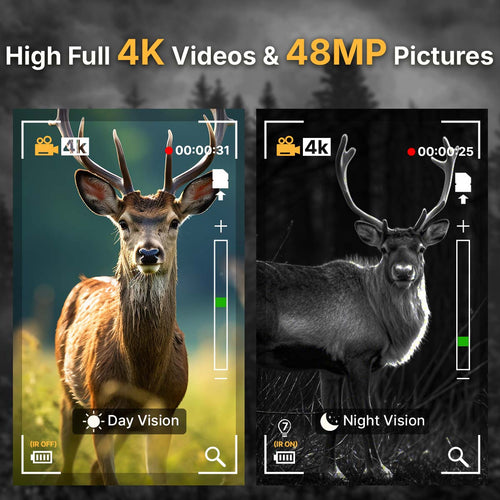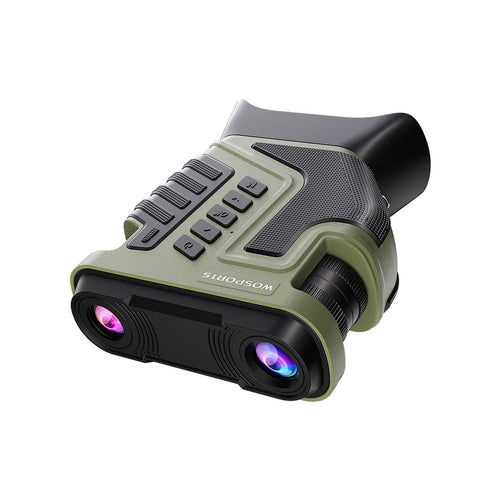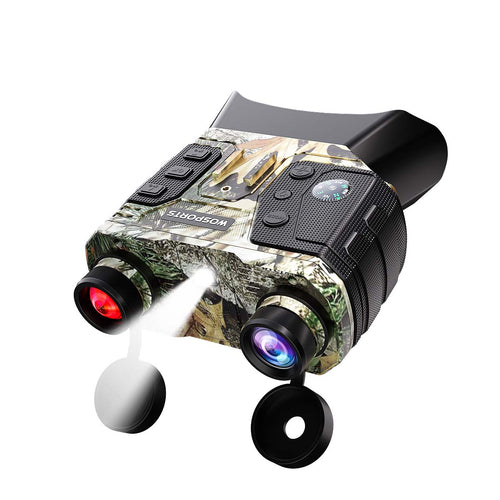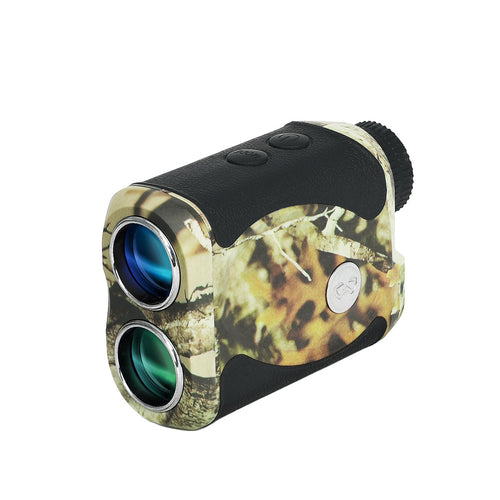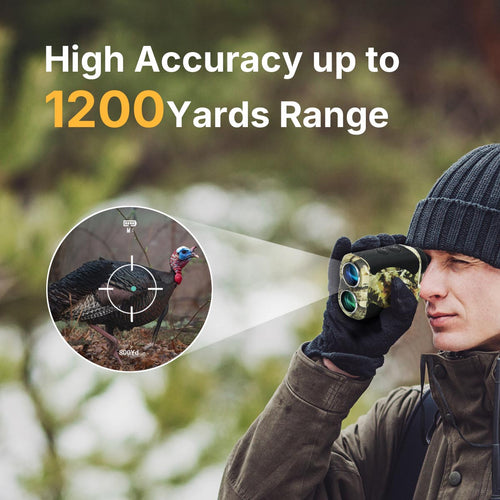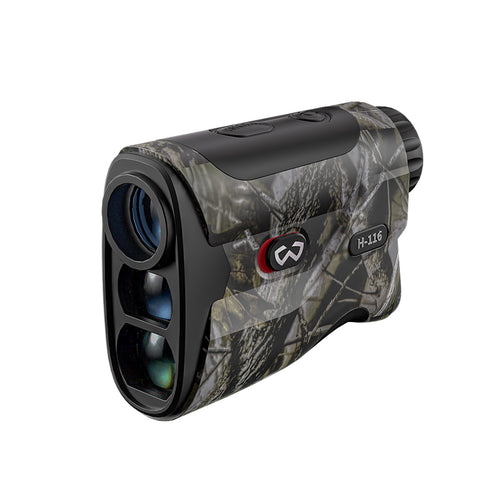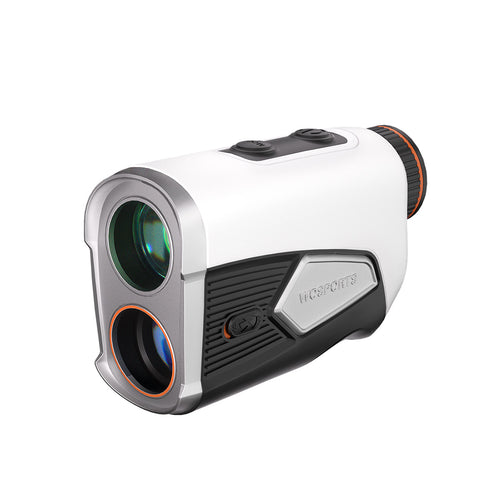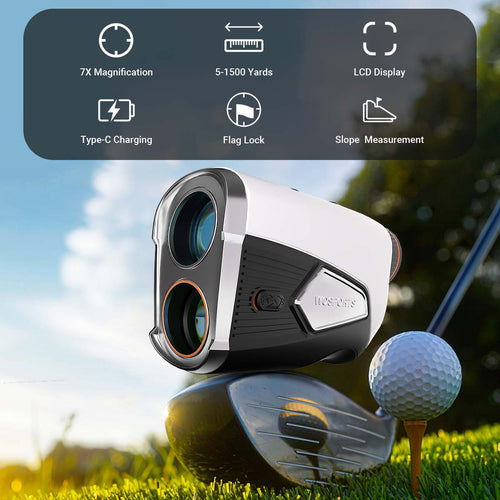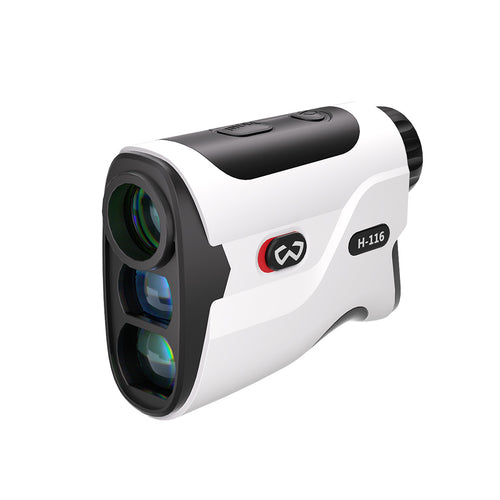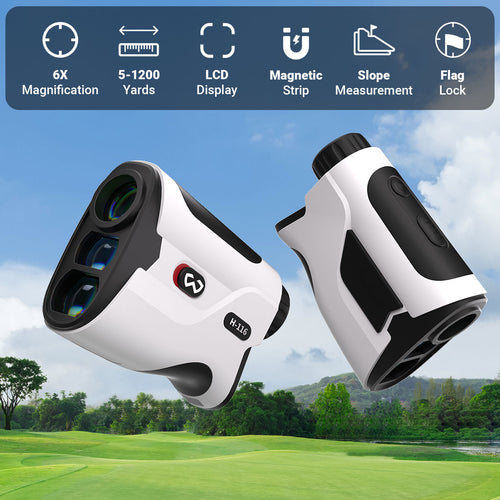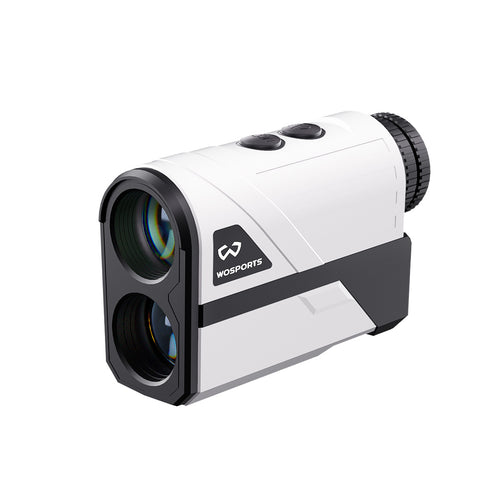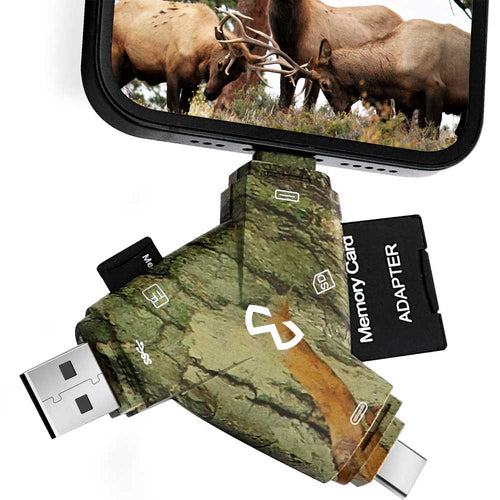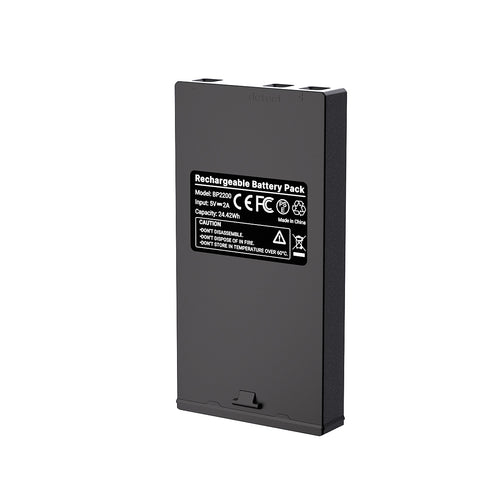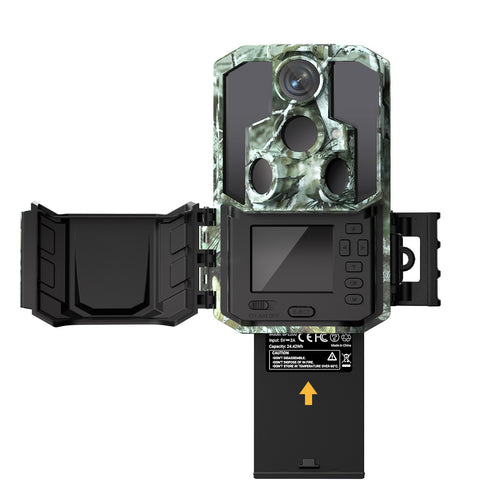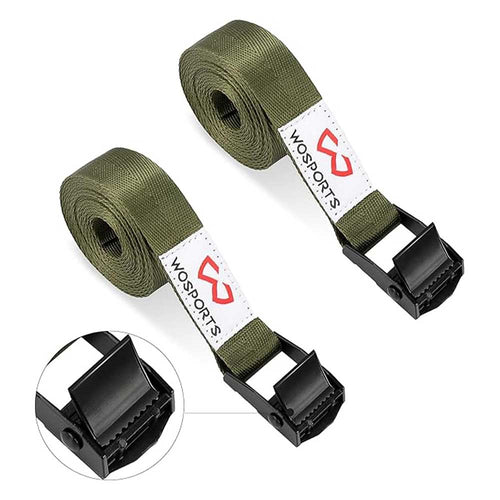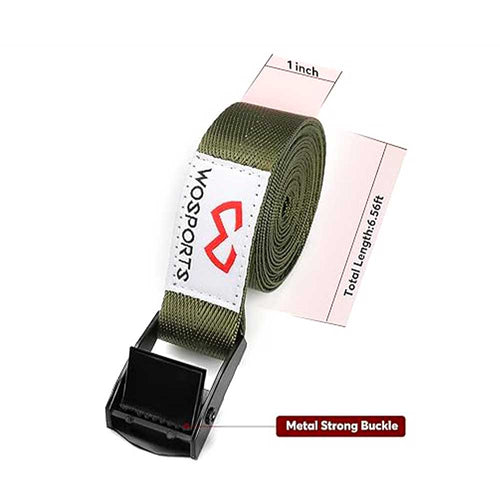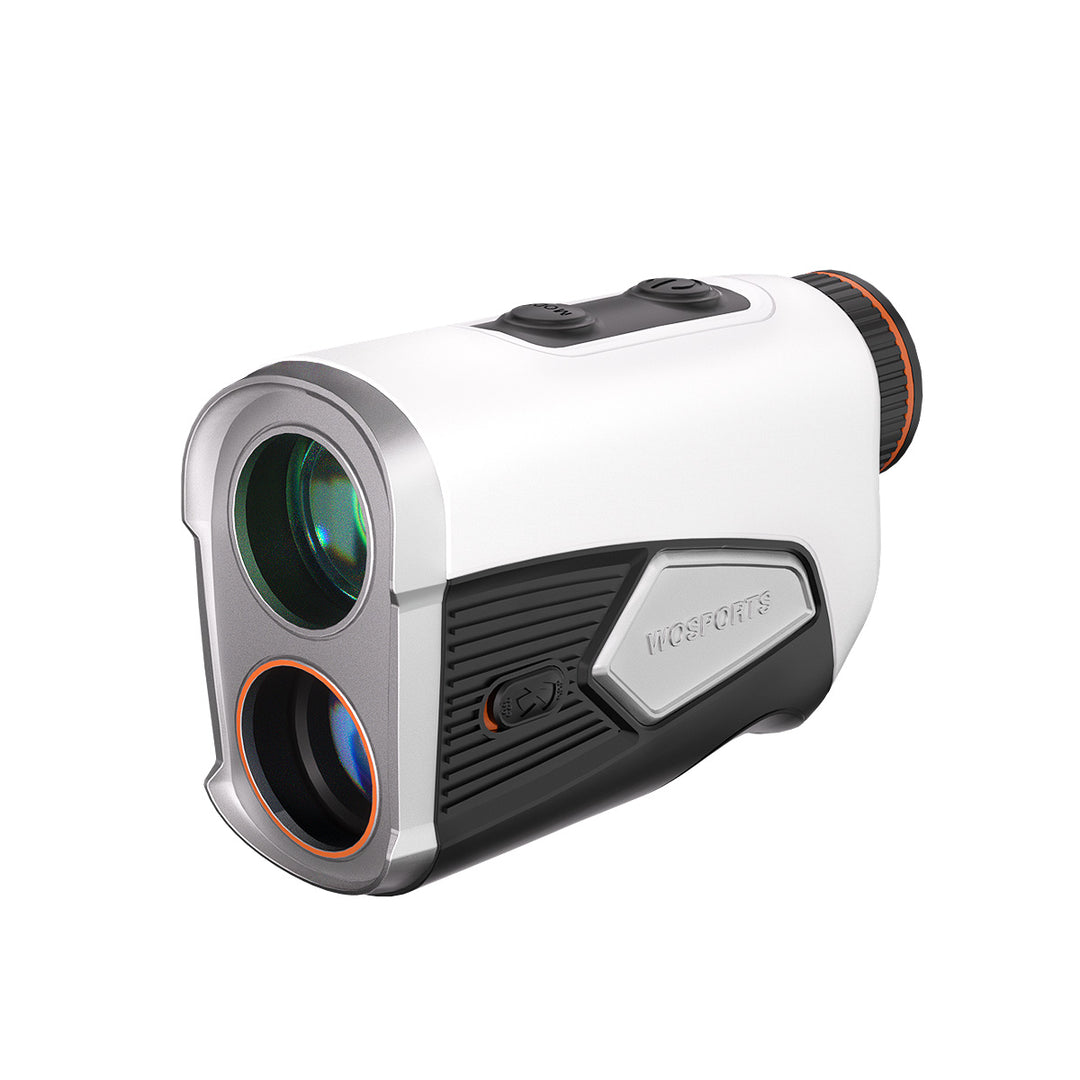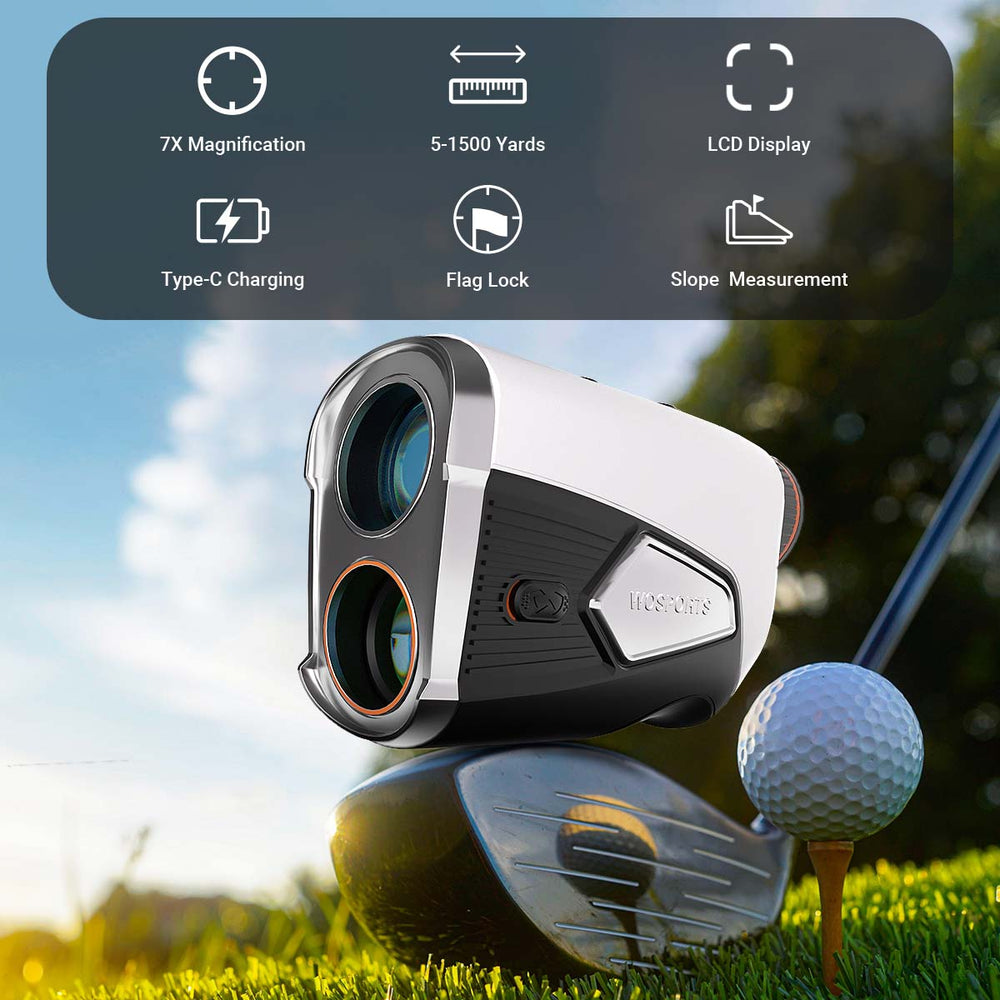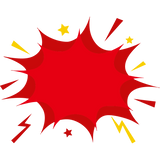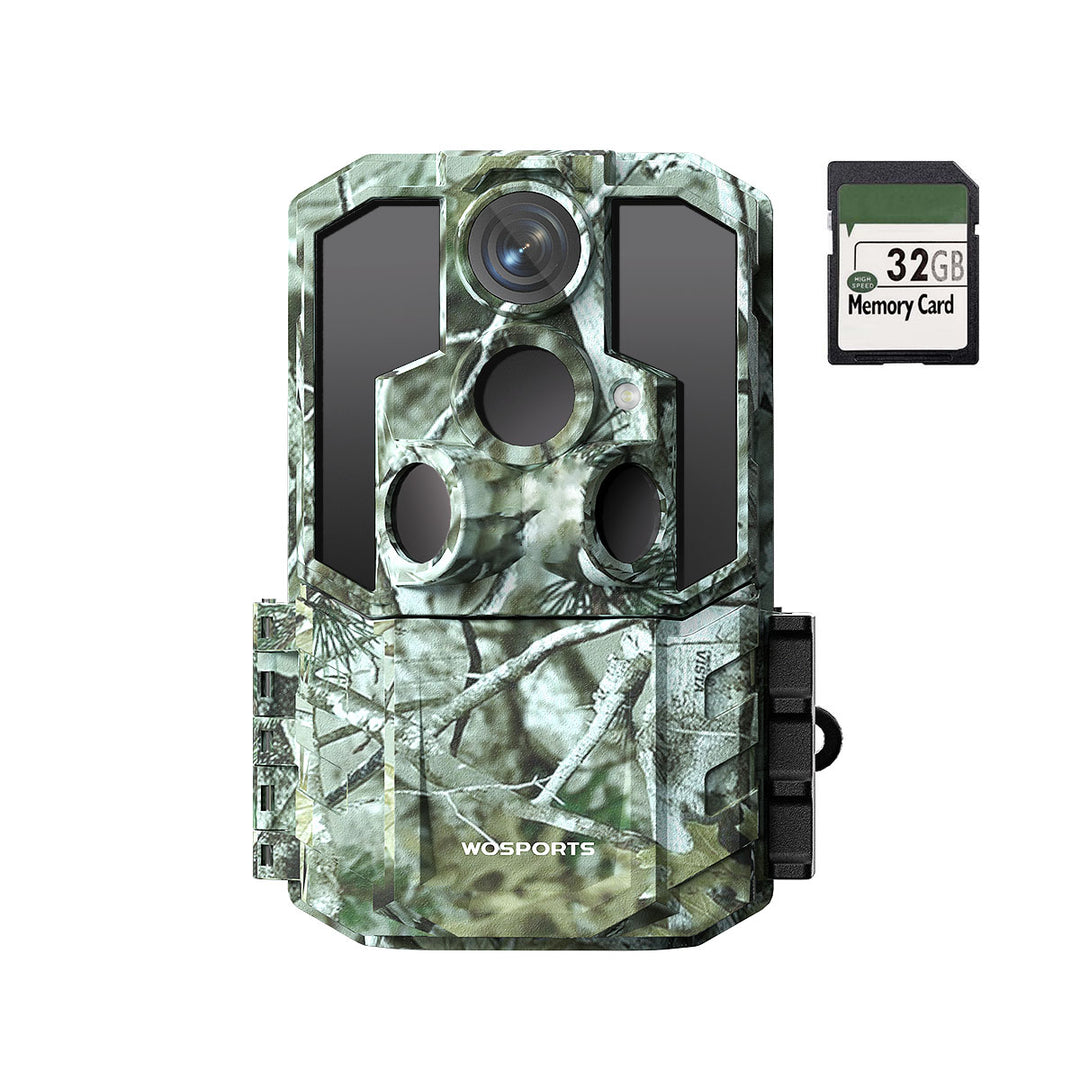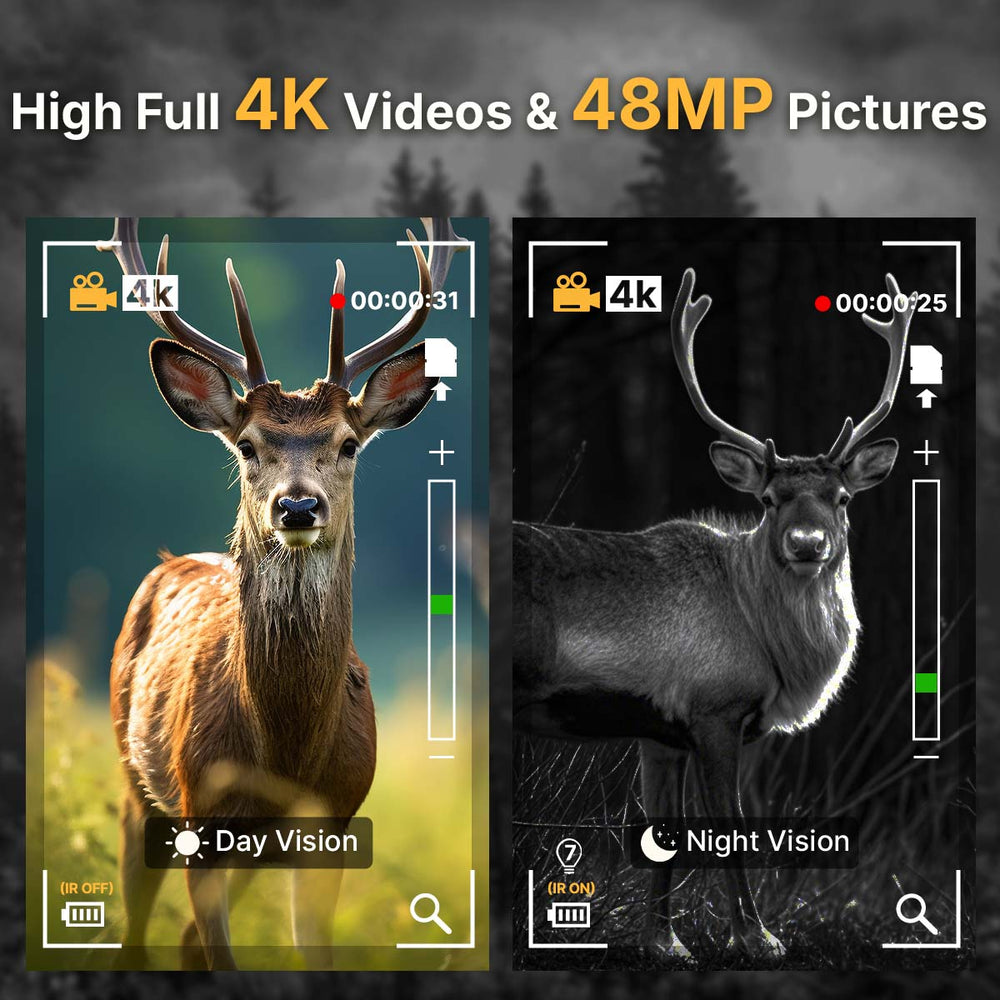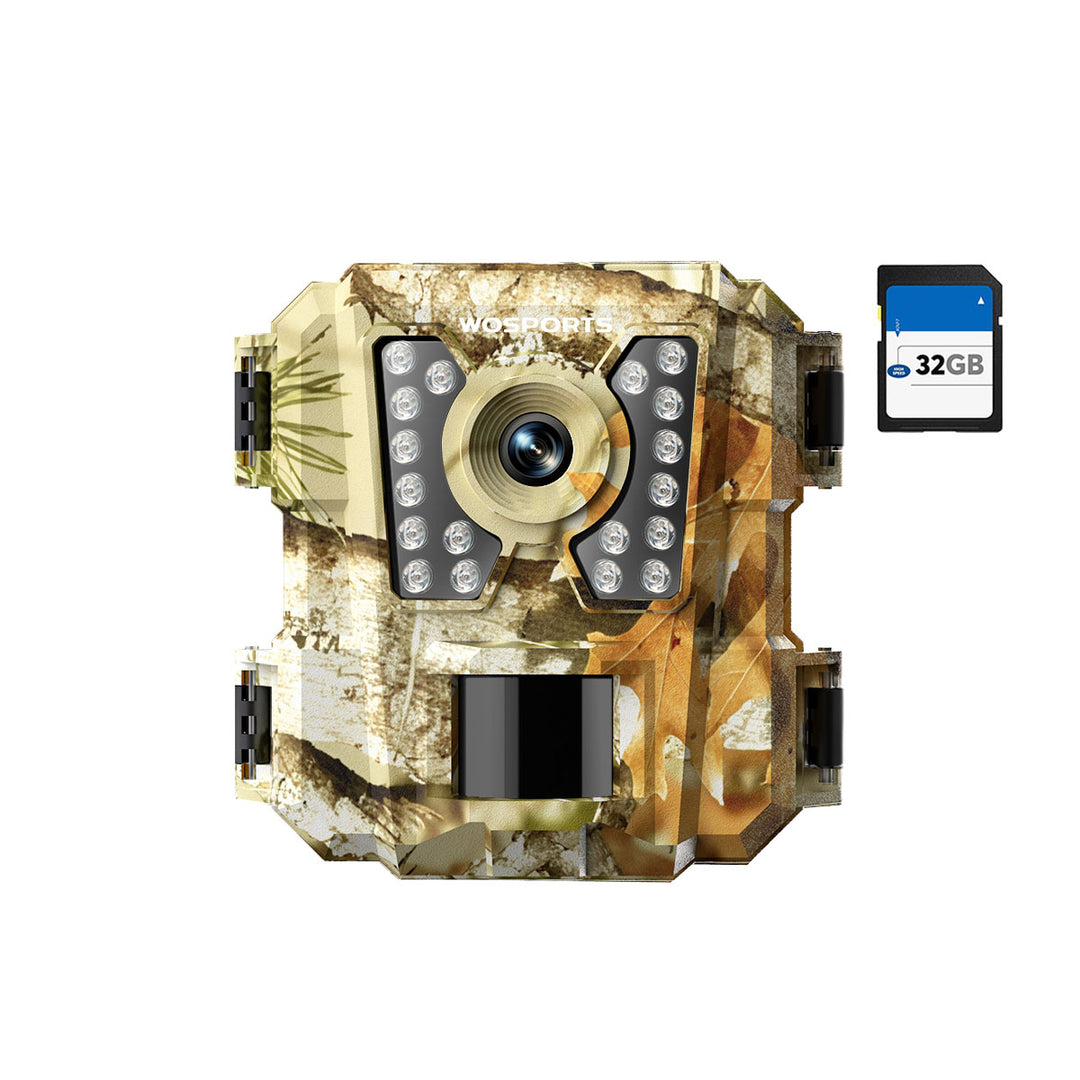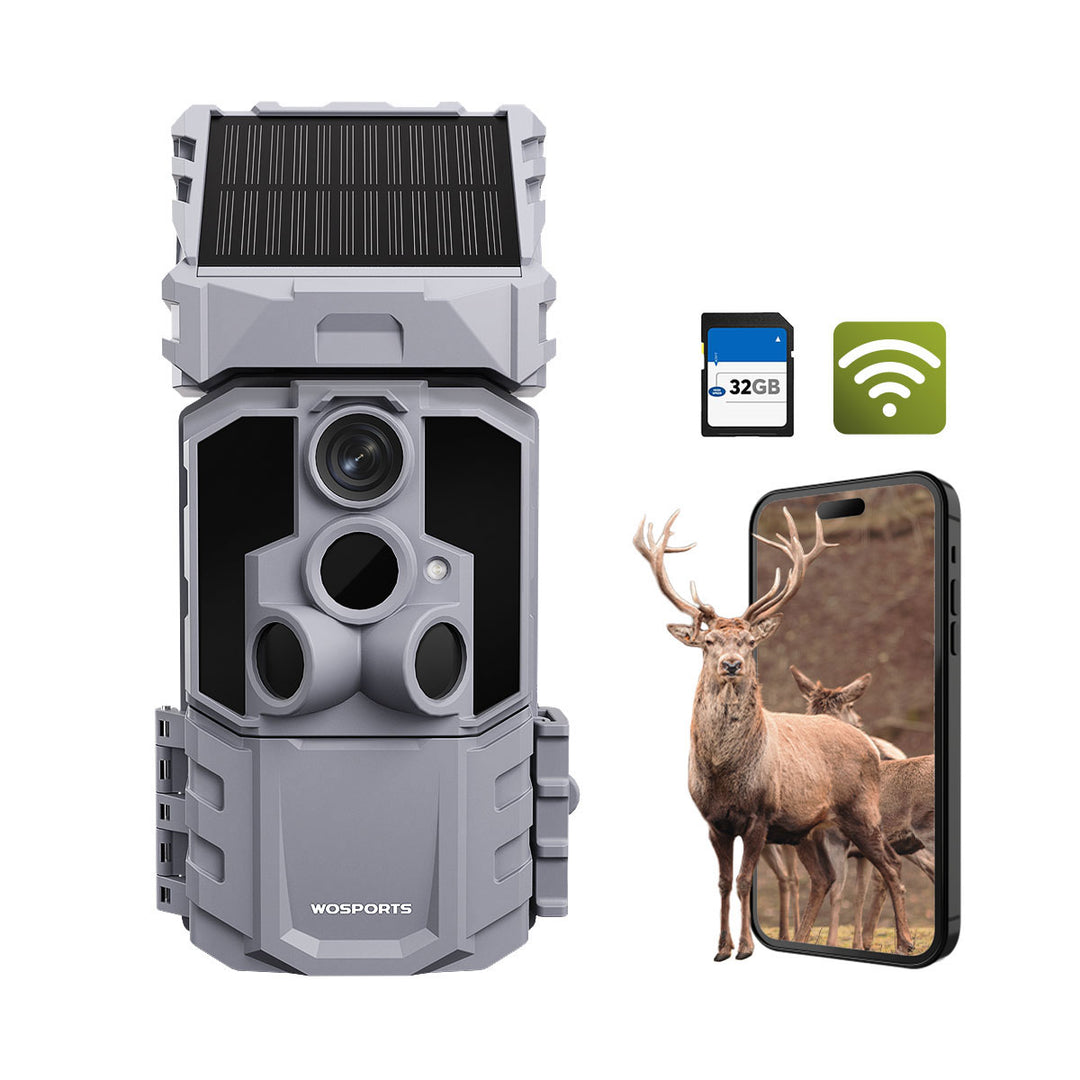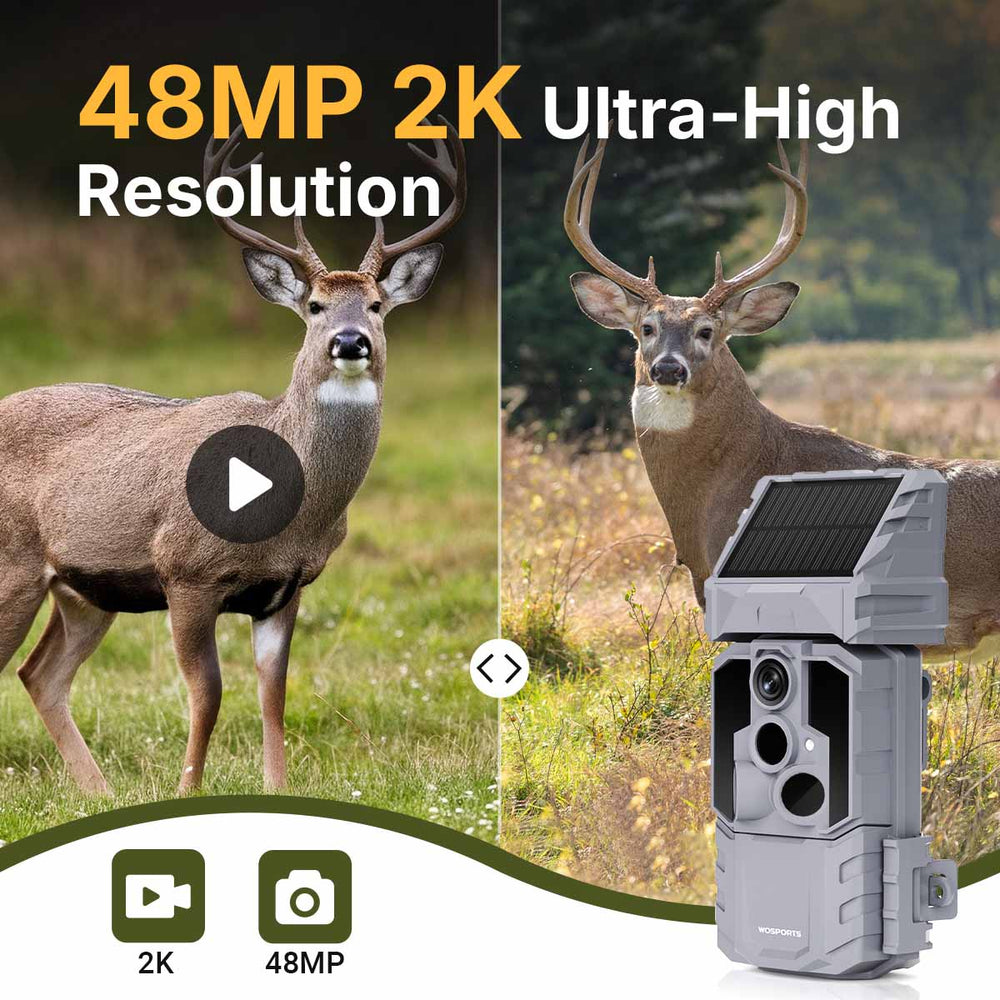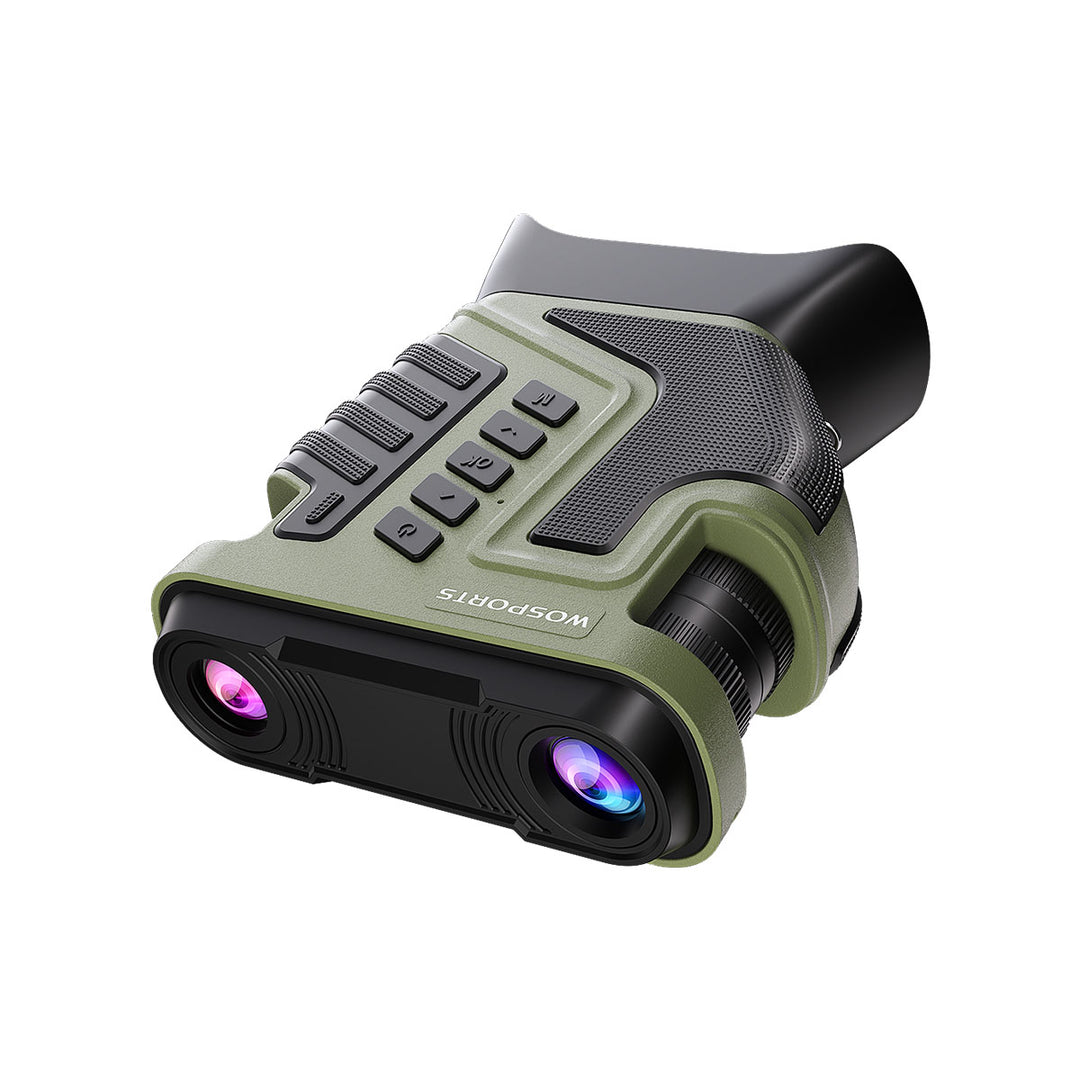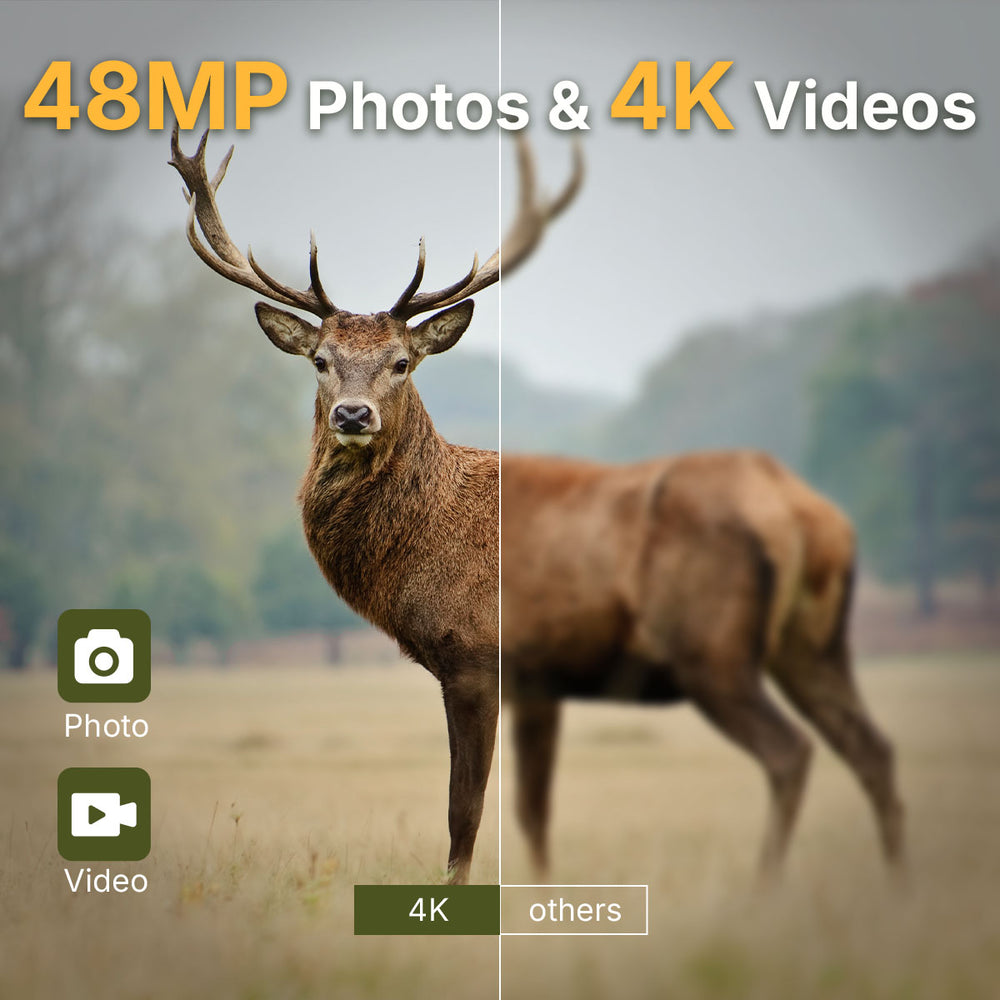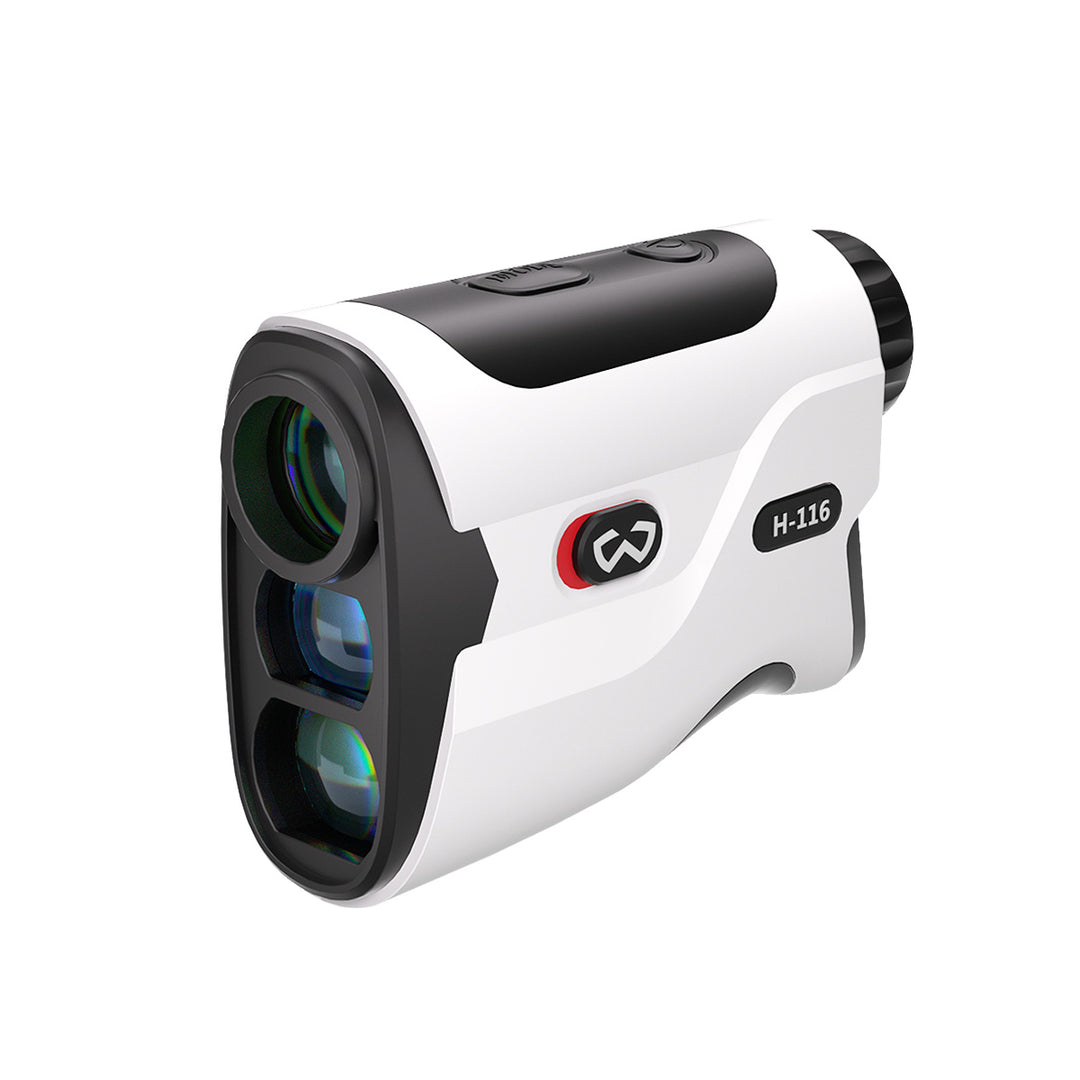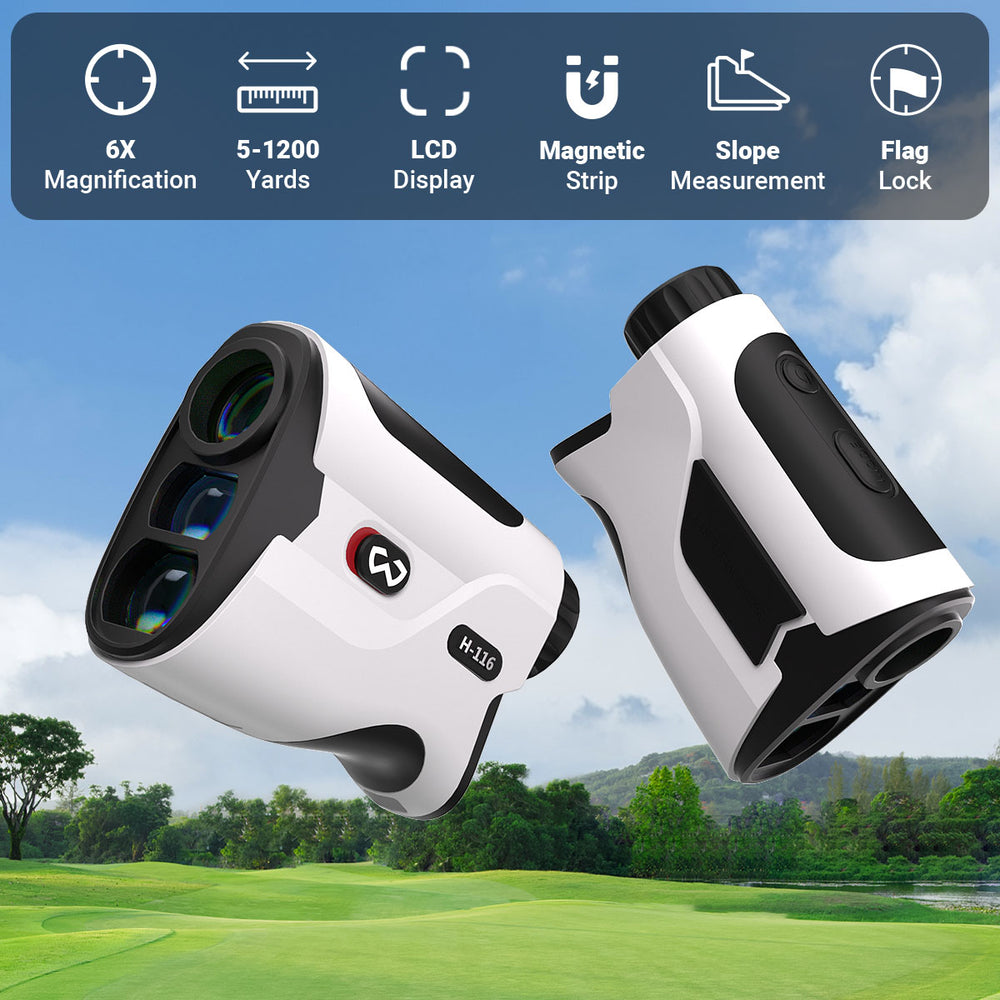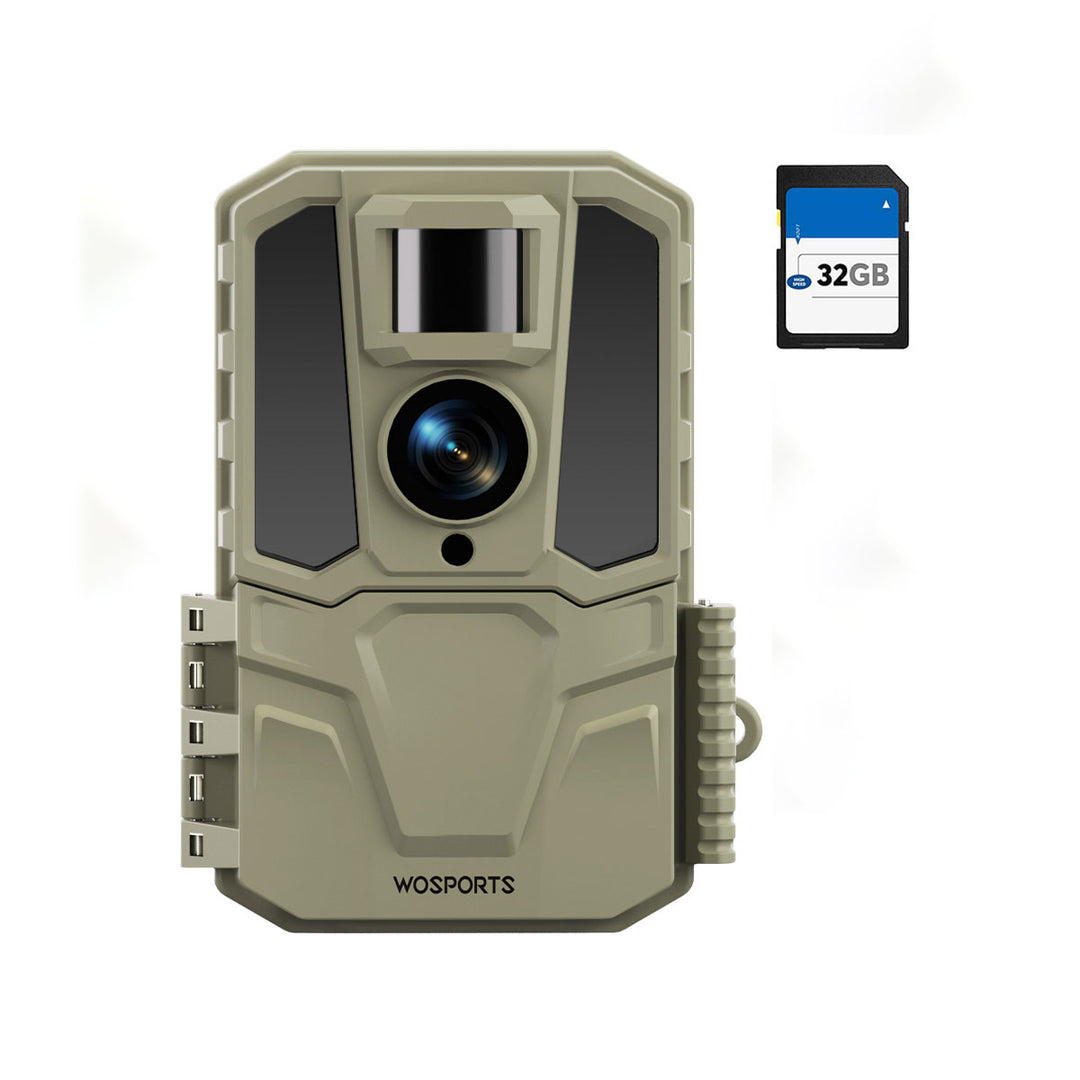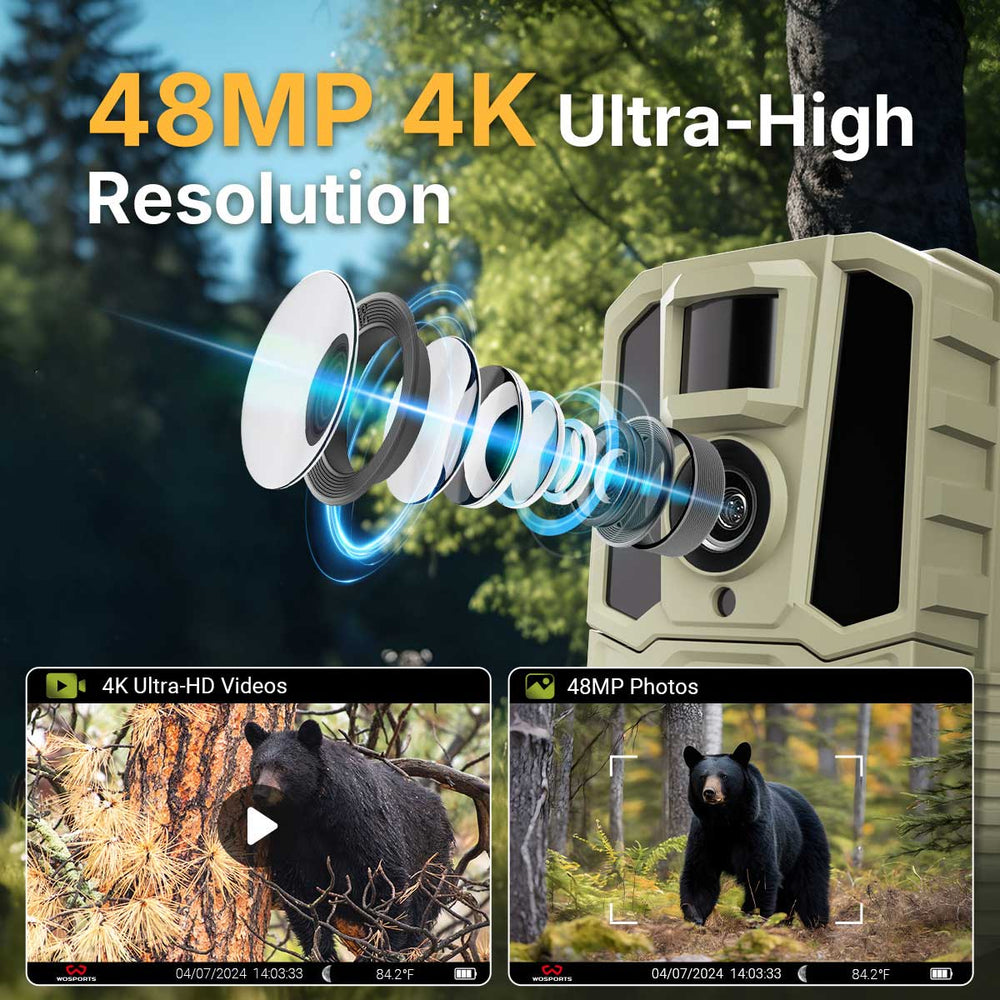Trail Camera Placement Tips: How to Capture More Wildlife Activity
Understanding the habits and daily activity areas of wild animals is the basis for placing trail cameras. Wild animals usually have fixed routes, foraging areas, and active times, so placing wildlife trail cameras in these locations can greatly increase the chances of successful shooting.

Top 5 Tips About Trail Camera Placement
Now that you understand the general movement patterns of wildlife, let’s explore practical placement tips to get the best results from your trail camera for hunting or general observation.
Tip 1: Place at an Optimal Height
For best image quality, the tree should be approximately 10-30 feet away from where it is to be monitored, with the camera placed at a height of 3.6-4.5 feet.

Tip 2: Optimal Lighting Location
Lighting is an important factor in capturing clear images. It is usually best to place the trail camera in the north or south, which greatly reduces direct sunlight and improves visibility throughout the day.
Tip 3: Avoid Overexposure
Be careful with direct sunlight when placing your trail camera, as it can overexpose the image. You can tilt the camera slightly downward to reduce the trouble of overexposure.
Tip 4: Use Natural Cover for Concealment
When placing a trail camera, you need to learn how to hide it. You can use trees, bushes and natural cover to hide the camera so that it does not block its view.
Tip 5: Consider Placement Near Feeding Areas
Wildlife often hang out near feeding areas, and placing trail cameras in these areas will allow you to capture their behavior more effectively.
How to Take Better Wildlife Photos Using Trail Camera
The placement position can affect the quality of tracking camera photos, but there are other precautions and techniques to improve the quality and quantity of photos taken.
1. Minimize human odor as much as possible
Animals, especially deer, are sensitive to human odors and may avoid areas where they can smell them. Please wear gloves when setting up and operating the camera. Avoid checking the camera too frequently. The use of odorless spray also helps to mask any human odor that may block wildlife.
2. Cover with multiple tracking cameras
Using multiple cameras can monitor larger areas and increase the chances of capturing activity. Try placing one camera on the prey trail and another near the feeding area to collect information about animal activity and behavior from multiple angles.
3. Adjust the camera position according to the season
Wildlife activities change with the seasons. Animals may migrate, change their feeding grounds, or take different routes based on food supply and weather conditions. Adjusting the camera position according to the season can maximize the chances of capturing activities throughout the year.
Conclusion
When it comes to wildlife observation, the best results come from a mix of patience, strategy, and careful placement. By following these game trail camera placement tips, you’ll increase your chances of capturing more wildlife activity and gain a better understanding of animal behavior in the area. Whether you’re using a hunting camera for scouting or a wildlife camera for casual observation, these strategies will help you get the most out of your equipment.
Search
Popular Posts
Recent Posts

Nov 28, 2024
Troubleshooting Common Trail Camera Issues
Jan 10, 2025
Why Does My Trail Camera Stop Working at Night?


